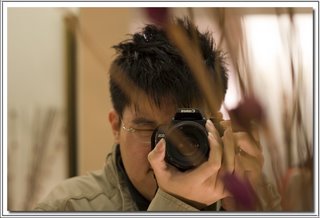Gradient Tree

A shot of a tree in Melbourne University. The lawn in front of the Raymond Priesley, and near to the Wilson Hall.
Daily blog of photos that may look interesting in one way or another. I will be glad if you leave some comments. Thank You. All photos are All rights Reserved 2006 - 2008 Stanley Tjhie


Additional evidence for Pangaea is found in the geology of adjacent continents, including matching geological trends between the eastern coast of South America and the western coast of Africa.
(courtesy of wikipedia.com)


